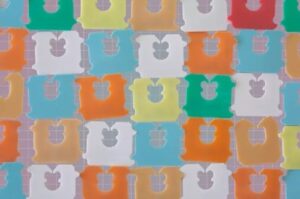Lighting Revolution in Two Graphs: LED Distribution In Residential And Commercial Applications by Craig DiLouie
As the LED revolution achieves increasing adoption, a recent report by the Department of Energy illuminates the growth. Published in April 2024, the “2020 U.S. Lighting Market Characterization” https://tinyurl.com/3fczwe9s estimates technology distribution among the U.S. installed base of units (lamps/luminaires), along with energy consumption. Residential sector: Let’s start with the residential lighting sector, where an estimated 6.5 billion units are installed, accounting for 80% of lighting installations. LED was the most popular light source in 2020 with 3.1 billion units installed or 48% of the total, nearly 50% less energy than in 2015. Commercial buildings: In the commercial building sector, with its estimated 1.6 billion installed units, we see a similarly striking snapshot of LED earning virtual parity with other light sources. In 2020, LED reached an overall share of 48% of the installed base and a rough parity with fluorescent, nearly 30% less energy than 2015 and 57% less than 2001. Again, LED adoption is today the majority light source in commercial buildings. Lighting Revolution in Two Graphs: LED distribution in residential and commercial applications – Electrical Contractor Magazine



